LASIK, which stands for laser in situ keratomileusis, is a common surgery that can correct vision in individuals who are nearsighted or farsighted, or who have astigmatism. It’s one of the vision correction surgeries that operate by reshaping the transparent front portion of your eye, your cornea, so the light in the back of your eye shines on the retina.
Why Is LASIK Done?
Your vision is blurred because light does not reflect on your retina the way it should. Doctors call it an error of refraction. The fundamental forms include:
- Nearsightedness: When things are close to you, you see clearly, but things further away are blurry.
- Farsightedness: You see distant objects more clearly, but things that are closer are fuzzy.
- Astigmatism: Due to how your eye is made, this can make anything blurry.
LASIK Eye Surgery Benefits
Below are the some advantages of Lasik Eye Surgery
- For over 25 years, it has been around. Afterwards, about 96 percent of patients meet their vision targets. A change could increase this number even further.
- There is very little pain felt in this process or procedure.
- There are no stitches or bandages.
- Your doctor will modify it if your vision changes as you age.
- After LASIK, you probably won’t need to use glasses or contacts as much or at all.
LASIK Eye Surgery Risks
Complications that result in loss of vision are very rare. Some side effects of LASIK eye surgery, however, are fairly common, especially dry eyes and transient vision issues such as glare. These typically clear up after a few weeks or months, and they are considered a long-term problem by very few individuals.
How long will LASIK results last?
LASIK outcomes are permanent in all but the most unusual cases. Some nearsightedness, farsightedness and or astigmatism in a limited number of instances can return over time. These changes are typically due to changes in the eye lens (the lens we do not treat) that can occur and it’s called ‘regression’. Certain patients are more likely than others to relapse…
The long term results of PRK
In the Journal of Cataract & Refractive Surgery, a report was published that examined the long-term stability of PRK. The vision of 46 PRK patients was monitored by researchers in the UK for a span of 18 years.
Both patients were nearsighted prior to surgery, with an average eyeglass prescription of -4.86 D (range: -2.75 to -7.37 D).The mean regression in patients under the age of 40 years at the time of the LASIK procedure was -0.54 D during the 18-year follow-up period. Those over 40 years of age who underwent LASIK had an overall regression rate of just -0.05 D.
There was also a significant difference as patients were categorized by gender. Over the 18-year follow-up period, women experienced a mean regression of -0.40 D; men experienced a mean regression of -0.08 D. The laser therapy proved effective in all cases, with no long-term risks.
The long term results of LASIK
The American Journal of Ophthalmology conducted a long-term report on the stability of LASIK results several years ago and found that about 6 percent of patients who underwent LASIK surgery to correct up to -10.0 D of myopia (severe short-sightedness) opted to undergo LASIK recovery after 10 years due to myopic regression.
In certain situations, after LASIK or PRK, individuals who undergo mild refractive changes are not disturbed by the adjustment and do not feel a need for additional vision correction. Others prefer to wear prescription eyeglasses only for particular tasks (for example, driving at night), and some choose to perform an enhancement procedure.
The effects of Presbyopia on near vision
One reason that explains why there is a misconception that the effects of LASIK are not lasting is that of presbyopia. Presbyopia happens about the age of 40, in all. People gradually experience the signs and eventually, without reading glasses, they are unable to see things up close. In these cases, the symptoms of presbyopia were misrepresented by some people who had LASIK with the impression that their LASIK effects had eventually worn off. It’s not real.
LASIK or PRK enhancements might be necessary
Patients, particularly those with high prescriptions prior to laser eye surgery, typically require an improvement, which is follow-up therapy. Enhancement frequencies are about 1 to 2 percent in the first 12 months of modern LASIK technologies and around a 1 percent probability a year after that. If they are necessary and medically secure to do so, we give free modifications.
